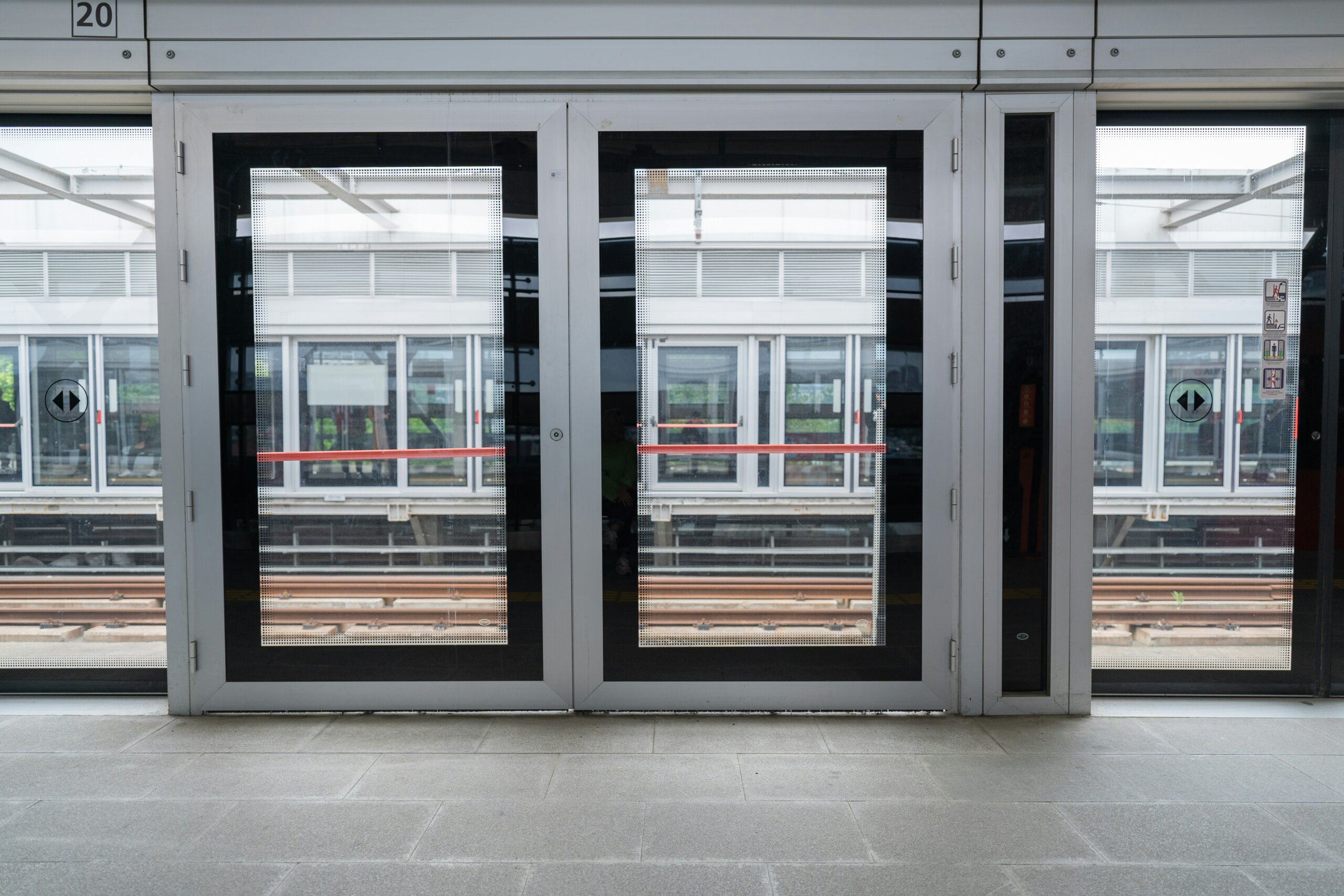
Understanding Your Flooring Needs
Choosing the right flooring is a critical decision that can significantly impact both the aesthetics and functionality of your home. The first step in selecting appropriate flooring is to evaluate the specific needs of each room within your residence. Each area may demand different flooring materials based on usage, foot traffic, existing decor, and environmental factors.
Consider the purpose of the various rooms. For instance, kitchens and bathrooms are susceptible to moisture, making it essential to select flooring that can endure humidity and spills. Options like vinyl flooring (commonly known as PVC flooring) or tiles are often preferable in these areas due to their resistance to water and ease of cleaning. On the other hand, living rooms and hallways typically experience higher foot traffic. Carpets and durable hardwood floors can help create warmth and comfort, but they might require more maintenance compared to their vinyl counterparts.
Another important factor is existing decor. The color palette and design style of your home should guide your flooring choice. For spaces with a contemporary style, sleek PVC flooring or laminate can complement minimalist designs, whereas traditional homes may benefit from classic hardwood for a timeless look. Additionally, consider how each material harmonizes with furnishings and accessories, as cohesive design enhances overall appeal.
Climate plays a significant role too. In areas with fluctuating temperatures or humidity, certain materials like engineered wood or cork may expand and contract less than solid hardwood, making them more appropriate choices. Ultimately, balancing functionality with budget considerations is paramount. By thoroughly assessing your needs, you can select a flooring option that meets your criteria without sacrificing quality or aesthetics.
Comparing Popular Flooring Options
When selecting flooring for a home or commercial space, it’s vital to understand the characteristics of each option. Among the various types of flooring, laminate, vinyl, hardwood, carpet, and tile are frequently chosen due to their unique advantages and affordability.
Laminate flooring is known for its resistance to scratches and dents, making it an appealing choice for households with pets or children. This type is also cost-effective and easy to install, often featuring a click-lock system that allows for quick DIY projects. However, laminate can lack the authenticity of natural wood and may not be suitable for areas with excessive moisture.
PVC flooring, often recognized as vinyl, is another popular choice due to its exceptional waterproof quality. It can effectively mimic the appearance of wood or stone while ensuring easy maintenance and resilience against wear and tear. Vinyl flooring also offers various designs, making it versatile for different interior styles. Nevertheless, the longevity of vinyl flooring may be shorter compared to other options, which is essential to consider for long-term investments.
Hardwood flooring is cherished for its timeless beauty and durability. It can last for decades with proper care and adds significant value to a property. However, hardwood can be prone to scratching and requires regular maintenance, including refinishing. The initial cost is typically higher, yet many homeowners find the investment worthwhile due to the aesthetic appeal and lifespan.
Carpet remains a favored choice for its warmth and comfort underfoot. It is available in various colors and textures, which can significantly influence a room’s ambiance. On the downside, carpets can absorb stains and require periodic cleaning, impacting their long-term value.
Lastly, tile is celebrated for its durability and extensive design options, suitable for areas exposed to moisture. While installation can be labor-intensive and costly, its longevity and easy maintenance often justify the initial investment. Evaluating these aspects—durability, maintenance, installation ease, and cost—will lead to a well-informed flooring choice that balances quality and affordability.
Cost-Effective Flooring Solutions
When it comes to selecting flooring, finding options that are both affordable and of high quality can be challenging. However, several cost-effective flooring solutions stand out for their combination of durability, aesthetics, and budget-friendly pricing. One such option is engineered hardwood. Unlike traditional hardwood, engineered hardwood offers the look of real wood at a fraction of the price, making it an ideal choice for homeowners seeking elegance without excessive expenditure. Additionally, this flooring solution is less susceptible to changes in humidity, which can be a significant advantage in various climates.
Another popular choice is luxury vinyl planks (LVP). LVP has gained traction in recent years due to its impressive resemblance to natural materials like wood and stone, along with its resistance to water and scratches. This alternative flooring option is relatively inexpensive compared to authentic materials, making it a wise investment for those looking to enhance their interiors while adhering to a budget. Furthermore, LVP can be installed with minimal effort, often as a DIY project, thereby saving on installation costs.
Cost-effective carpets also present a viable flooring solution for budget-conscious homeowners. Several synthetic materials now provide the plush comfort synonymous with traditional carpets but without the higher price tag. Options like nylon and polyester offer durability while being less expensive than natural fibers. When searching for flooring, exploring discount flooring stores and online retailers can yield surprising savings. Many retailers offer periodic sales or clearance items that help individuals acquire high-quality materials for less. Additionally, consider investigating DIY methods where feasible, as self-installation of vinyl planks or carpet tiles can significantly reduce overall spending.
Ultimately, exploring these strategies enables individuals to make informed decisions about their flooring projects while keeping costs manageable, ensuring a balance between quality and budget.
Installation Tips and Considerations
When embarking on a flooring project, the decision between a DIY installation or hiring a professional can substantially impact the overall experience and results. If you opt for a DIY endeavor, you must be equipped with the necessary tools and materials. Common tools include a tape measure, utility knife, trowel, and a flooring roller, depending on the type of flooring you choose. Additionally, always procure high-quality underlayment, adhesives, and any specific materials required for your flooring, such as for PVC flooring, which may require a specialized adhesive.
Before commencing installation, proper preparation is paramount. Begin by measuring your space accurately to avoid purchasing excessive materials, which can inflate costs. Additionally, it is essential to acclimate your selected flooring materials in the intended environment for at least 48 hours. This allows the flooring to adjust to room temperature and humidity, minimizing the risk of expansion or contraction once installed.
Step-by-step guidelines can vary significantly based on the flooring type you choose. For instance, vinyl or PVC flooring typically follows a straightforward layout. Start by ensuring the subfloor is clean and dry, then apply the adhesive evenly. For click-lock hardwood or laminate, create a slight gap around the edges to allow for expansion. Always refer to the manufacturer’s instructions, as they provide valuable insights into the optimal installation processes for your specific flooring.
While the DIY approach can offer fulfillment and savings, it comes with risks. Common mistakes include uneven installation, improper alignment, and inadequate adhesive application. Such errors can lead to costly repairs down the line. Evaluating your skill set and available time is crucial. If uncertainty looms, hiring a professional installer with experience in flooring can yield peace of mind and a finishing touch that meets high standards.



